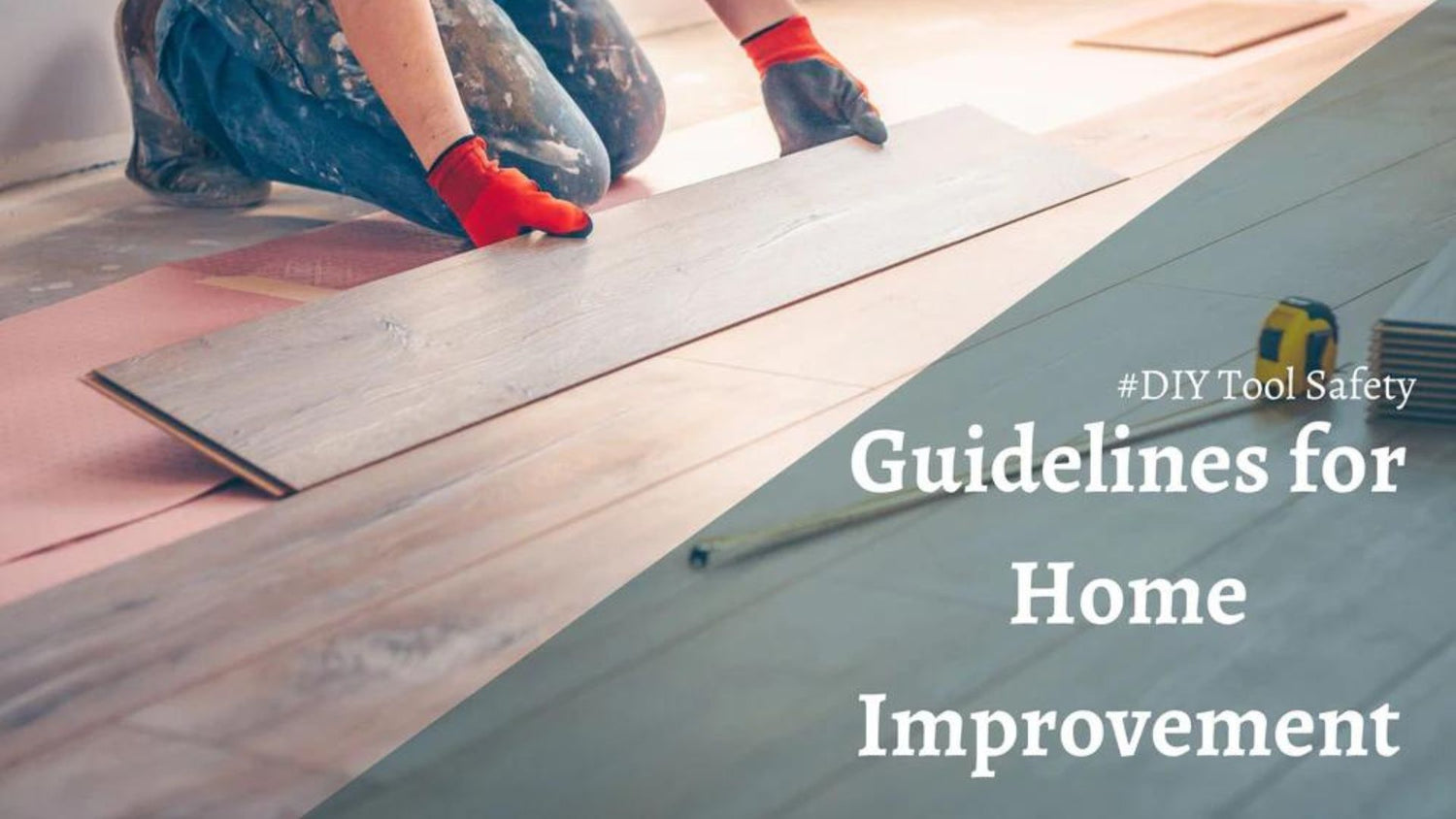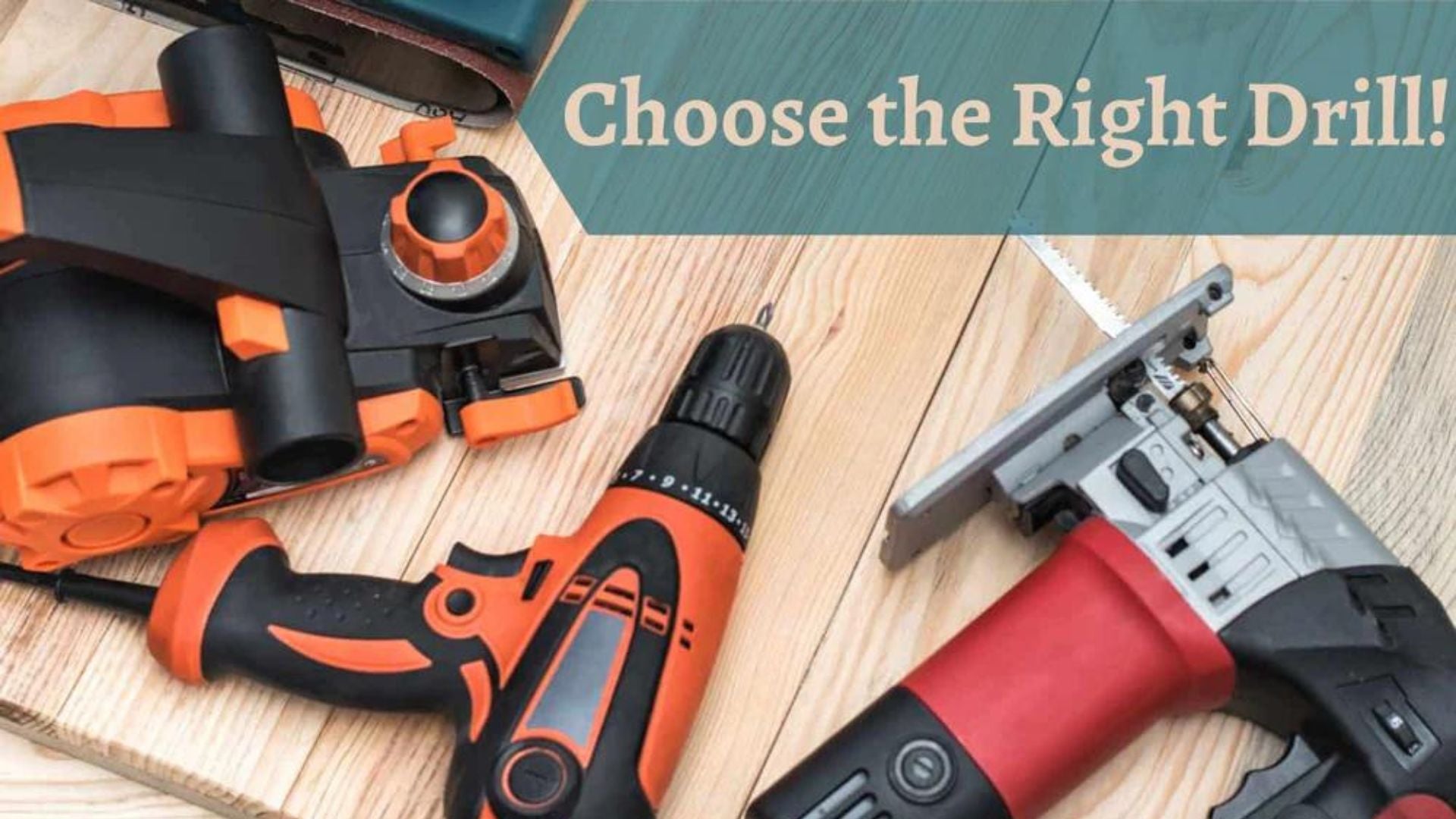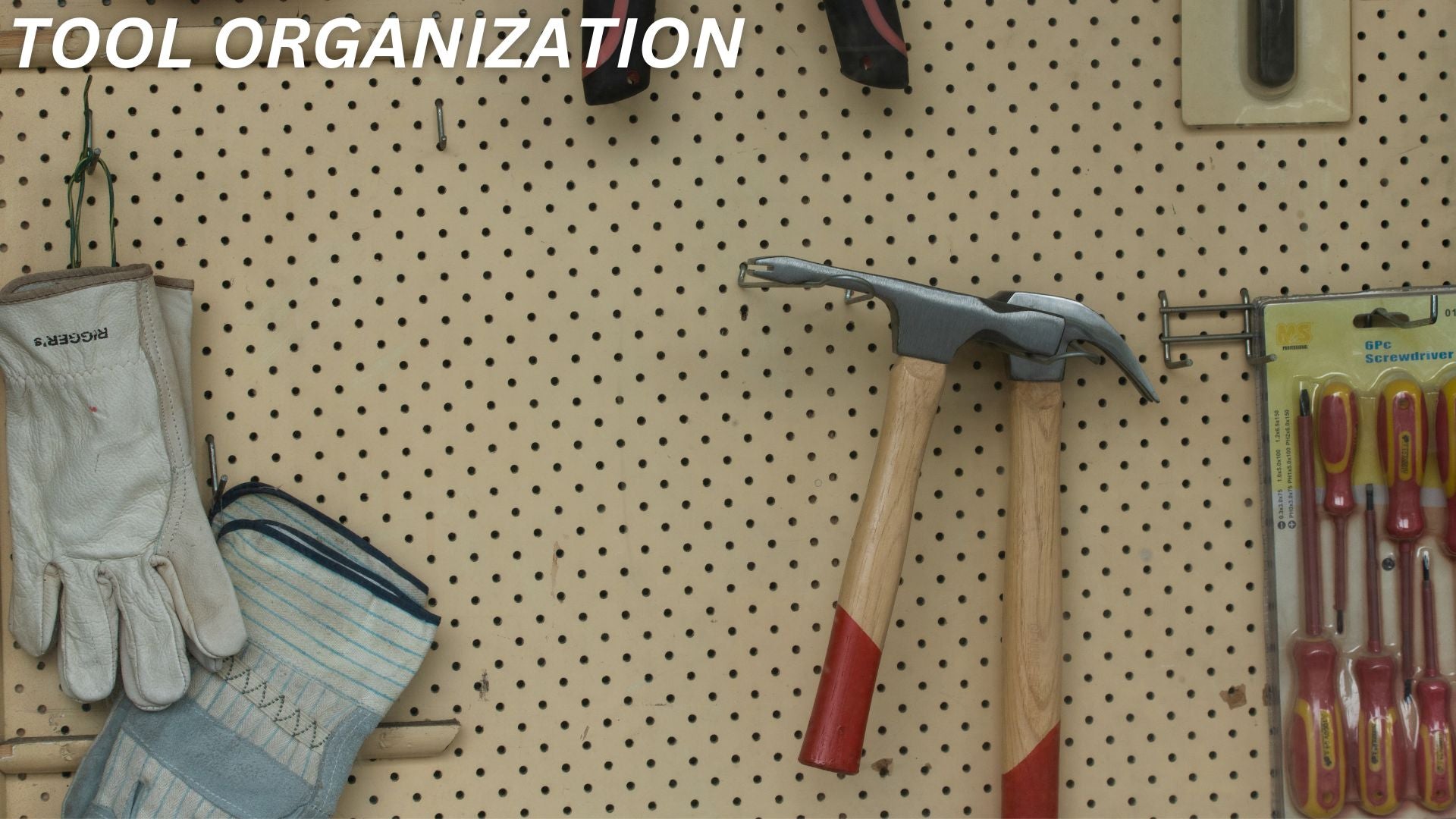Embarking on a DIY home improvement project can be exciting and rewarding. However, it's crucial to prioritize safety when working with tools and equipment. DIY tool safety should never be overlooked, as accidents and injuries can occur if proper precautions are not taken. In this blog post, we will explore essential tips and guidelines to ensure your safety while using tools during DIY projects. By following these guidelines, you can create a secure working environment and enjoy a successful and injury-free DIY experience.
Know Your Tools
Read the Manuals: Familiarize yourself with the operation and safety guidelines outlined in the user manuals provided with each tool. Pay close attention to warnings, recommended usage, and maintenance instructions.
Understand Tool Functions: Before using a tool, understand its purpose, functions, and limitations. Different tools have specific applications and require different handling techniques.
Wear Personal Protective Equipment (PPE): Always wear appropriate PPE such as safety goggles, ear protection, gloves, and, if necessary, respiratory masks. PPE provides an extra layer of protection against potential hazards and prevents injuries.
Create a Safe Workspace
Clear the Area: Remove any clutter, debris, or obstacles from your workspace to prevent accidents and tripping hazards. Keep the floor clean and organized.
Adequate Lighting: Ensure that your workspace is well-lit to enhance visibility and prevent accidents. Use additional lighting, such as work lights or task lighting, if necessary.
Ventilation: If working in an enclosed space or using tools that generate fumes or dust, ensure proper ventilation to avoid respiratory issues. Open windows or use fans to circulate air.
Proper Tool Handling
Check for Damage: Before using any tool, inspect it for any visible damage or defects. Do not use damaged tools, as they can be unsafe and compromise your safety.
Use Tools for Their Intended Purpose: Each tool is designed for specific tasks. Avoid using tools for purposes other than their intended use, as this can lead to accidents and damage to the tool.
Secure Workpieces: When working with materials or workpieces, ensure they are securely clamped or held in place to prevent movement or slippage during operation.
Use Correct Techniques: Learn and practice proper tool handling techniques. For example, use a firm grip and avoid overexertion or excessive force when using hand tools. Familiarize yourself with proper cutting, drilling, and sanding techniques to avoid accidents.
Power Tool Safety
Power Down and Unplug: Before making any adjustments, changing accessories, or performing maintenance on power tools, ensure they are switched off and unplugged from the power source.
Cord Management: Keep power cords away from sharp edges, heat sources, or wet areas to prevent damage and tripping hazards. Use cord holders or clips to secure cords and prevent entanglement.
Inspect Power Cords: Regularly inspect power cords for any fraying, exposed wires, or other damage. Replace damaged cords immediately to avoid electrical hazards.
Use Safety Guards and Features: Power tools often come with safety guards or features such as blade guards, safety switches, or anti-kickback mechanisms. Utilize these features and ensure they are in proper working condition.
Tool Storage and Maintenance
Proper Storage: Store tools in a secure and organized manner. Use toolboxes, cabinets, or wall-mounted racks to keep tools safely stored when not in use. This prevents accidents and ensures tools are easily accessible.
Regular Maintenance: Perform regular maintenance on your tools to keep them in good working condition and prolong their lifespan. This includes cleaning tools after use, lubricating moving parts, and checking for any signs of wear or damage. Follow manufacturer recommendations for maintenance intervals and procedures.
Sharpening and Blade Replacement: Keep cutting tools, such as saw blades or drill bits, sharp and replace them when they become dull or damaged. Dull blades can cause accidents and result in poor-quality work.
Battery Care (for Cordless Tools): If you use cordless power tools, take proper care of the batteries. Follow the manufacturer's instructions for charging, storage, and handling of rechargeable batteries. Avoid overcharging or exposing batteries to extreme temperatures.
Educate Yourself
Training and Skill Development: Take the time to learn proper tool usage techniques through training programs, workshops, or online resources. Enhancing your knowledge and skills will contribute to safer and more efficient DIY projects.
Stay Updated with Safety Guidelines: Keep up-to-date with safety guidelines and regulations related to the tools you use. Manufacturers often provide updates or recall notices for potential safety issues. Stay informed and follow recommended safety practices.
Emergency Preparedness
First Aid Kit: Keep a well-stocked first aid kit in your workspace or easily accessible nearby. In case of minor injuries, you can provide immediate care while waiting for professional medical assistance, if needed.
Fire Safety: Be aware of fire safety protocols in your workspace. Keep a fire extinguisher nearby and know how to use it. Ensure that electrical cords are in good condition and not overloaded.
Emergency Contacts: Have emergency contact numbers readily available in case of accidents or injuries. This includes local emergency services, poison control, and nearby medical facilities.
Conclusion
DIY tool safety is paramount when engaging in home improvement projects. By following the tips and guidelines mentioned in this blog post, you can create a safe working environment, minimize accidents, and protect yourself from potential injuries. Remember to familiarize yourself with your tools, handle them properly, and always prioritize safety over speed. Regular maintenance and storage practices will help keep your tools in good condition, ensuring their longevity and optimal performance. Educate yourself on proper tool usage techniques, stay updated with safety guidelines, and be prepared for emergencies. By incorporating these safety measures into your DIY routine, you can enjoy a fulfilling and secure DIY experience while achieving successful home improvement projects.



